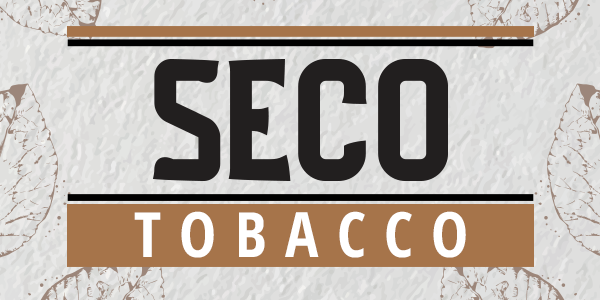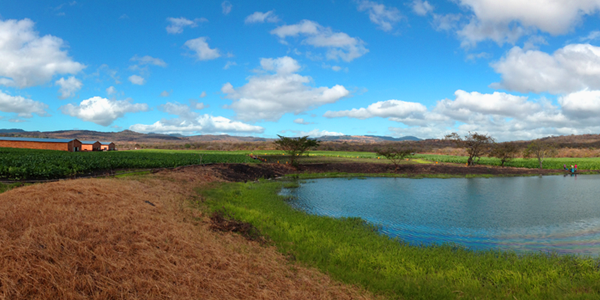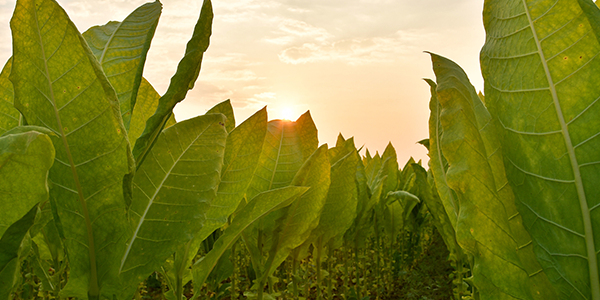Seco Tobacco
If you weren’t aware, a cigar is always a blend of different tobacco leaves. They come from different sections of the tobacco plant. Generally, the leaves toward the top of the stalk are smaller and stronger. The lower leaves provide other qualities to a cigar, including a lot of nuances.
What Is Seco Tobacco?
The important seco leaf is found in the middle, and sometimes the second-lowest level, of the tobacco plant. In Spanish, seco means dry, but this does not necessarily have anything to do with the flavor of the seco leaf. Generally, seco is used for filler in a cigar and, as the mildest of the leaves on a tobacco plant, is used to temper or balance the flavor of a cigar.
It Tastes Good and It Burns
Seco tobacco leaves also burn very well. As one cigar maker explained, “The seco leaf level we use also helps combustion, while providing more flavor to the cigar.” This combination distinguishes seco from, say, volado.
“When we use volado,” the tobacco expert said, “its only quality is combustion, but the seco also provides combustion, with a little more flavor and aroma.”
A Large Part of the Plant
The area of the tobacco plant in which seco leaves are found comprise a large area of the stalk. It might even include some viso leaves just above it. This area of the plant can provide a series of primings, or cuts, depending on the seed. They include centro fino, consisting of fine leaves with a rich, but muted power; centro ligero, which is not to be confused with ligero, and which holds the bulk of the seco leaves; and uno y medio (one and a half), which is the first layer of seco leaves and sometimes yields some wrapper.






